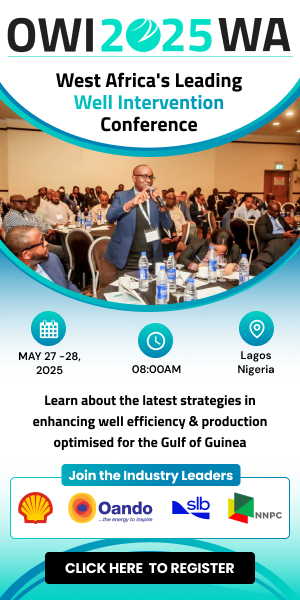Husk Power has announced a commercial and industrial (C&I) solar power project in Nigeria’s rice-producing region with foods group Olam Agri
Under the partnership, Husk will deploy a 1.3 MWp solar photovoltaic (PV) system, integrated with an 860 kWh battery energy storage system (BESS), at Olam Agri’s rice operations in Rukubi, Nasarawa State.
The shift to solar power represents a step in Olam Agri’s efforts to cut diesel consumption and will continue the transition of agriculture to more sustainable energy infrastructure.
“The partnership with Olam Agri aligns with Husk’s broader goal of installing hundreds of MWs of C&I solar capacity in Nigeria and other regions of sub-Saharan Africa over the next five years,” said Olu Aruike, Husk’s country director.
Besides being the market leader in Nigeria’s community solar mini-grid industry, Husk is committed to partnering with commercial & industrial (C&I) businesses to decarbonise key sectors of Nigeria’s economy, including agriculture.”
Husk will supply power to Olam Agri under a 10-year power purchase agreement (PPA).
The solar-battery hybrid system will enhance voltage stability, ensuring a reliable power supply while delivering fuel cost savings and substantially reducing carbon emissions.
This latest initiative builds on Olam Agri’s broader commitment to integrating sustainable energy across its operations in Nigeria and elsewhere.
In 2024, the Olam Agri rice farm introduced a solar farm to power its mill operations.
Beyond solar, the company is implementing additional energy-saving initiatives, including improving energy efficiency across its factories, adopting cleaner-burning fuels, and optimising production processes to minimise waste and emissions.
“Sustainability is at the heart of Olam Agri’s operations, and this partnership with Husk Power is a significant step towards reducing our carbon footprint while ensuring a stable and cost-effective energy supply,” said Anil Nair of Olam Agri in Nigeria.
“By transitioning to solar power, we are improving the efficiency of our rice production in Rukubi and contributing to Nigeria’s broader renewable energy goals. By implementing renewable energy solutions in Nigeria, Olam Agri is not just meeting its own needs but inspiring others to follow suit and help drive sustainability in the agricultural sector across Africa and beyond.”
The companies said in a statement that Nigeria’s government policies and regulations further support the partnership, encouraging private-sector investment in renewable energy and solar adoption in the industrial and agricultural sectors.
Nigeria’s C&I solar market is expanding, with over 550MW of new solar capacity set to be added between 2025 and 2029.
Read more:
Nigeria must scale up decentralised energy says renewables expert
Husk to utilise new funding to expand solar minigrids in Africa
Africa Sunshot initiative to scale Africa's minigrid industry


















